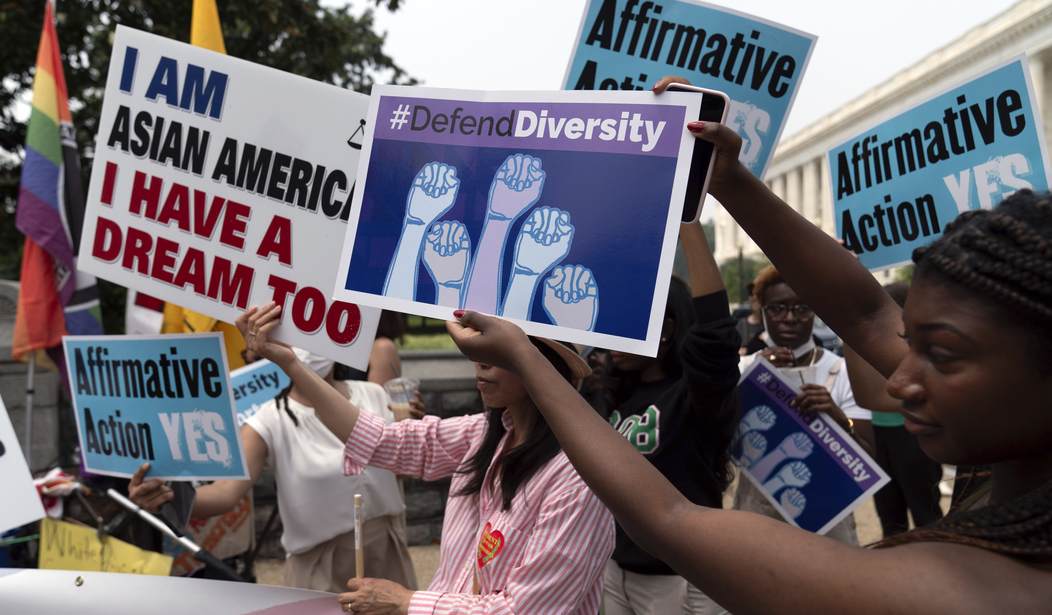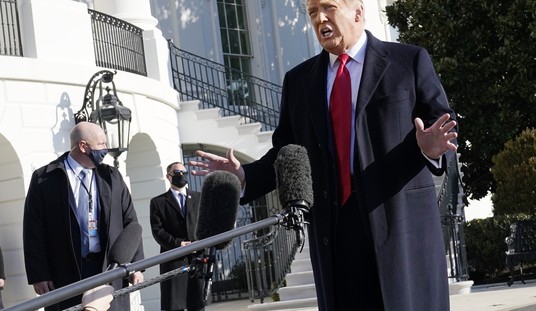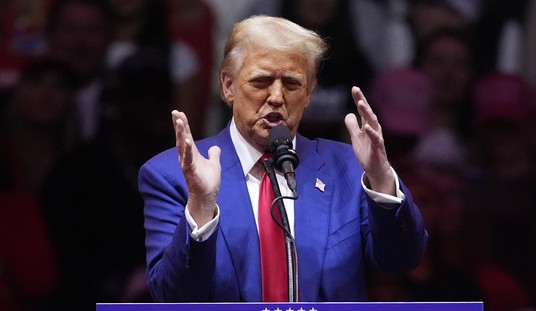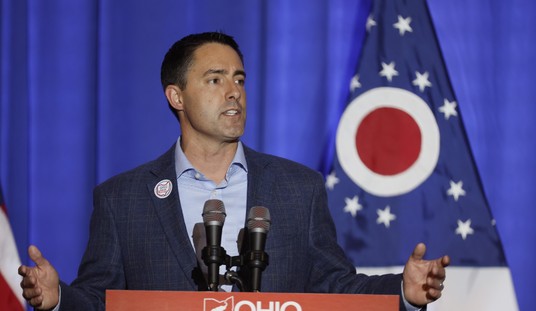News stories have reported that despite the Supreme Court's decision in cases brought against Harvard and the University of North Carolina, those and other selective schools still want to employ racial quotas and preferences in admissions.
They've been abolishing requirements that applicants take objective tests like the SAT and are inviting applicants to write essays on the travails of their minority status. Such surreptitious defiance of the law is not surprising in admissions officials, a guild whose practices are undergirded and interlaced with lies and evasions of truth -- the opposite of what higher education is supposed to foster.
They apparently think their moral worth depends on achieving a higher percentage of black people in a student body than in the U.S. Army or the New York Police Department.
One problem, as Richard Sander and Stuart Taylor established a decade ago in their book "Mismatch," is that this results in black students tending to be less prepared than their schoolmates in selective schools from Harvard on down.
This tends to reinforce negative racial stereotypes and to cause the intended beneficiaries to hunker down in all-black dormitories and orientation sessions, which minimize or eliminate any benefit of the "diversity" that the single deciding vote of Justice Lewis Powell in 1978 thought justified racially discriminatory admissions.
Selective schools say they want student bodies that "look like America." But, whether you like it or not, the subgroup of Americans with very high levels of cognitive ability doesn't actually "look like America."
Evidence comes from the results of an experiment in which high school students of the class of 2022 throughout Michigan were invited to take the SAT, and for which the results were disaggregated by, among other factors, self-declared race.
Recommended
Overall, 69% of the test takers were classified as white, 5% Asian, 11% African American and 8% Hispanic. These percentages are not far off the averages for the state of Michigan and for the United States as a whole.
But when we look at those high schoolers who scored the highest, from 1400 to 1600, which include the top 95th percentile of the population, the picture is different: 69% white once again, but 29% Asian, 2% Hispanic, and 0% black.
That last number may reflect that some black students simply didn't work very hard on the test, just as the Columbia linguist John McWhorter confessed in The New York Times last week that in high school he didn't bother "seeking the academic mountaintop" because, with racial quotas and preferences in place, his grades and test scores "wouldn't affect my future." So eliminating quotas may marginally increase black students' test scores.
Even if you look at the larger tranche of students scoring from 1200 to 1600, scores achieved by just about all non-quota students in selective schools, that group still doesn't "look like America": 77% white, 13% Asian, 4% Hispanic, 2% black. These numbers closely resemble those compiled from IQ tests.
Some people will find these numbers disturbing, and demand that government do something, somehow, to make every group identical. Others, including many familiar with the long run of American history, will recognize that differently defined groups will, because of some combination of nature and nurture, perform differently.
The nation has benefited from excellence of various kinds, some more often found in one group, others in others. The National Basketball Association doesn't much "look like America," either, and neither have the creators and performers of great popular music going back far into the American past.
The SAT tests were adopted and used by selective colleges and universities after the Second World War -- a war whose American casualties were hugely reduced by the development of the atomic bomb, by the Manhattan Project, whose physicists, many Jewish and from Central Europe, didn't much "look like America."
Postwar American colleges and universities used the SAT to identify high-cognitive-ability applicants from unusual backgrounds. The paradox, after three generations of an increasingly fair society, is that there are fewer such people and less social mobility because people tend to start off where they should end up. As Harvard psychologist Steven Pinker writes, "No society can be simultaneously fair, free, and equal."
Perhaps the best response is to focus less on the small numbers who reach the top of hierarchies and cultivate more respect for those with more modest talents whose everyday conscientiousness and occasional heroism help make the country and the world better.

























Join the conversation as a VIP Member